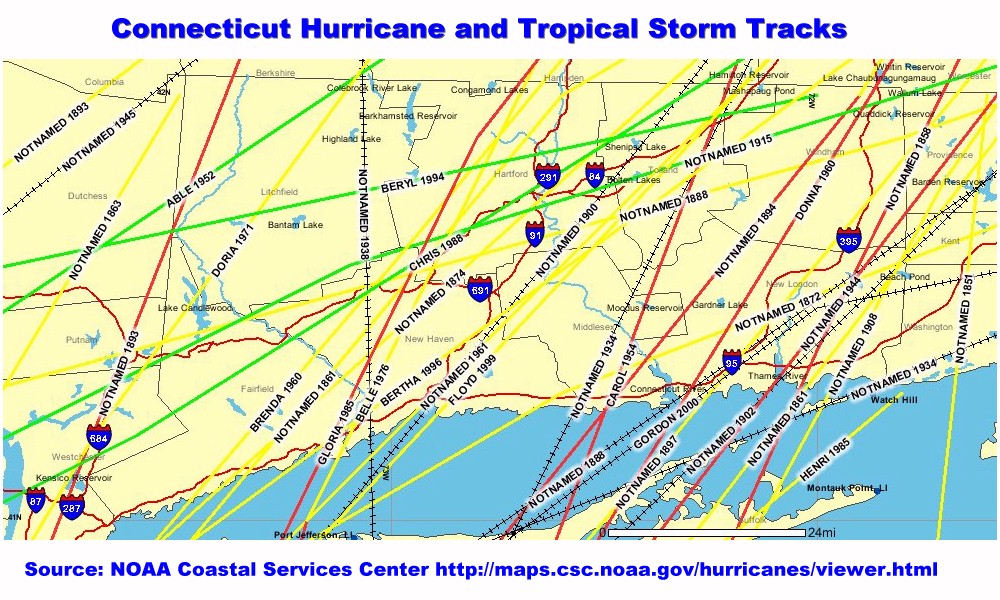
Hurricanes and You
This course is an introduction to the management of natural resources. We defined management as a cycle of inventory, planning and and implementation. Management of natural hazards often means getting out of the way, but though that seems simple, the tragedy is that people are still killed by hurricanes. To start our management cycle in regards to hurricanes, we first need to know about the storms themselves, add knowledge of how they affect people and how we examine them, then we can plan how to survive them. During the next couple days, take notes under the following questions from the video, the text assignment and the handout.
1. Hurricane Formation and Features: What is a hurricane? How do they form, where, when, what is their structure and features. List wind speeds, dimensions, other fact and figures.
|
Video |
Text |
Handout |
2. Why do hurricanes cause so much damage, injury and loss of life? What kills the most people in connection with hurricanes?
|
Video |
Text |
Handout |
3. How are hurricanes tracked and forecast?
|
Video |
Text |
Handout |
4. How can the damage, injury and loss of life be reduced?
|
Video |
Text |
Handout |
5. What is the potential for damage from hurricanes here?
|
Video |
Text |
Handout |
When you have a complete set of notes, answer each question in paragraph form.
Sources include:
Mandia, Scott A. "The Great Hurricane of 1938 - the Long Island Express." Professor Mandia - Meteorology, Weather Forecasting, Climate, Hurricanes and Earth Science Information. 02 Apr. 2007. Suffolk County Community College. 7 Jan. 2008 < http://www2.sunysuffolk.edu/mandias/38hurricane/ >.
http://www.joelertola.com/grfx/grfx_new/hurricane.jpg
http://maps.csc.noaa.gov/hurricanes/viewer.html
http://dsc.discovery.com/news/video/hurricanegallery.html